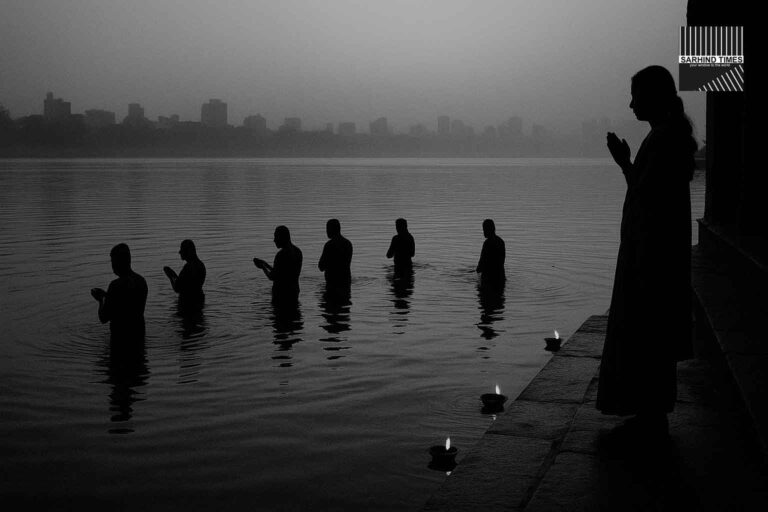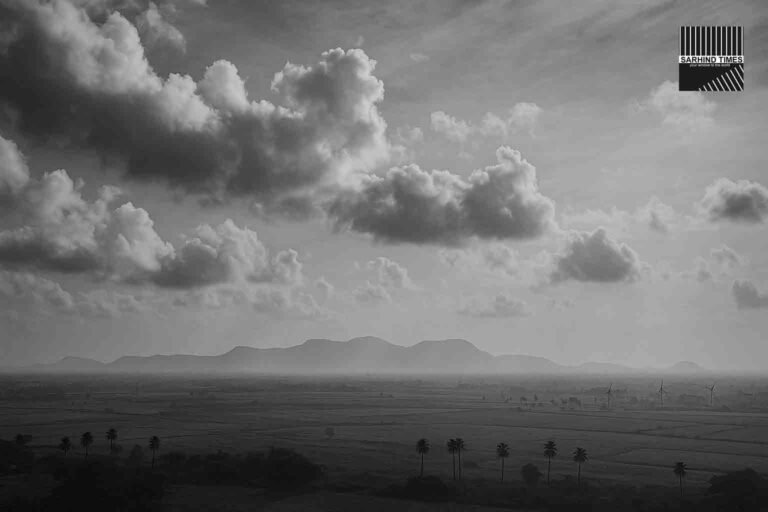The India Meteorological Department (IMD) has issued a red alert for Konkan and the Madhya Maharashtra Ghats, warning of heavy to extremely heavy rainfall in the region over the coming days. The advisory, which highlights September 28 as particularly vulnerable, has placed civic authorities, festival organizers, and farmers on high alert.
The warning comes at a delicate time: Navratri celebrations, including dandiya and garba events, are scheduled across Pune and other cities, while farmers are in the middle of critical harvest preparations for soyabean and paddy. The prospect of late-season rainfall threatens not just cultural festivities but also agricultural livelihoods across Maharashtra.
The Weather System Behind the Alert
Meteorologists attribute the rainfall threat to a low-pressure area over the Bay of Bengal, which is intensifying and moving westward. This system is expected to intersect with a trough line, creating a corridor for moisture-laden winds to surge into Maharashtra.
- Konkan Coast: Anticipated to receive heavy downpours with localized flooding.
- Ghats Region: Risks of landslides and swollen rivers remain high.
- Urban Centers: Cities like Pune, Mumbai, and Nashik may face severe waterlogging.
Pune’s Festivities Under Threat
In Pune, where Navratri is celebrated with elaborate open-ground dandiya and garba events, the IMD’s forecast has cast a shadow.
- Organizers say they may be forced to cancel or relocate events indoors if rainfall persists.
- Civic authorities are on standby, warning residents about traffic snarls and flooded roads.
- Cultural associations expressed disappointment but emphasized public safety.
“Navratri is about joy and community, but safety comes first. If the rains are heavy, we will reschedule or move indoors,” said an event organizer from Koregaon Park.
Impact on Agriculture
For farmers, the red alert could not come at a worse time.
- Soyabean: Crops nearing harvest risk rotting due to waterlogging.
- Paddy: Lodging (falling of plants) may reduce yield and quality.
- Sugarcane and vegetables: Susceptible to fungal diseases in saturated conditions.
Agro-experts warn that even a few days of intense rainfall can undo months of effort, especially since rural infrastructure is already stretched from earlier rain spells.
Districts on Edge
- Raigad, Ratnagiri, Sindhudurg: Anticipating coastal flooding.
- Satara, Kolhapur, Pune: Hilly terrain vulnerable to landslides.
- Mumbai & Thane: While not at the epicenter, heavy showers could disrupt urban life.
District collectors have activated relief teams, stocked pumps, and advised residents to avoid unnecessary travel in low-lying zones.
Late Monsoon Patterns
This is not the first late-season burst Maharashtra has faced. In recent years, unusual rainfall patterns in September and October have become more frequent, often linked to climate variability and warming oceans.
Scientists note:
- Monsoons are extending beyond their traditional withdrawal period.
- Extreme rain events are increasing in intensity but concentrated over shorter durations.
- Maharashtra’s urban infrastructure struggles to cope with these sudden downpours.
Voices from the Ground
- Farmers in Nashik: “We are worried about soyabean. If the rain doesn’t stop, the harvest will rot in the fields.”
- Pune residents: “The city is not prepared. Every time it rains, half the roads turn into rivers.”
- Students in Kolhapur: “We’re scared of landslides. Classes may get cancelled again.”
Preparedness Measures
Authorities across the state are implementing mitigation steps:
- Deploying disaster response teams.
- Setting up control rooms in each district.
- Installing pumps in low-lying areas to prevent waterlogging.
- Advising farmers to delay harvest where possible.
The Cultural Cost
Navratri is more than just a festival—it is an economic driver. From costume rentals to food stalls, the celebrations generate significant seasonal income. A rain-hit Navratri means losses for thousands of small vendors, musicians, and artisans.
The Economic Toll of Rains
Beyond agriculture and festivities, heavy rainfall impacts:
- Real estate construction delays.
- Supply chains, with trucks stranded on highways.
- Tourism, as Konkan bookings face cancellations.
Expert Commentary
- IMD Officials: “This is a serious red alert. Citizens must avoid unnecessary travel.”
- Climate Scientists: “We are seeing the new normal—late monsoon surges linked to climate change.”
- Economists: “The twin hit to agriculture and festivals could dent consumer sentiment ahead of Diwali.”
Conclusion
The IMD’s red alert is not merely a weather update; it is a warning about the intersection of climate, culture, and economy. Maharashtra stands at a critical juncture where the safety of its citizens, the resilience of its farmers, and the spirit of its festivals are all being tested.
How the state navigates the next week—through preparation, cooperation, and resilience—will determine whether this episode becomes a passing inconvenience or a painful reminder of changing monsoon realities.
#IMDAlert #PuneRains #Navratri2025 #Konkan #MaharashtraWeather #Monsoon #ClimateChange #SarhindTimes

























+ There are no comments
Add yours